It goes without saying that we all want what’s best for our dogs. Sometimes, though, knowing what’s right and what’s harmful for them can be hard to discern. Take food, for example. It’s natural to want to scoop a little bit of whatever is on your plate and give it to your furry baby as a treat, though you should know that some human foods can upset their stomach or be completely toxic.
The same goes for training. We want obedience lessons to be enjoyable for our pup, but still want to make sure they’re retaining what we teach them.
This is where dog whistles come into play, as they create noise at a high frequency that dogs can hear, but we can’t. Have you considered if using one is harmful or annoying to dogs’ ears, and why you would even need to use one in the first place?
In an attempt to dispel any confusion, we’ve included plenty of information about dog whistles below, from how they work to when you should use them. The more you know about dog training practices, the better you can decide what will keep your pup safe, healthy, and happy — so check out the facts below!
What Is A Dog Whistle?
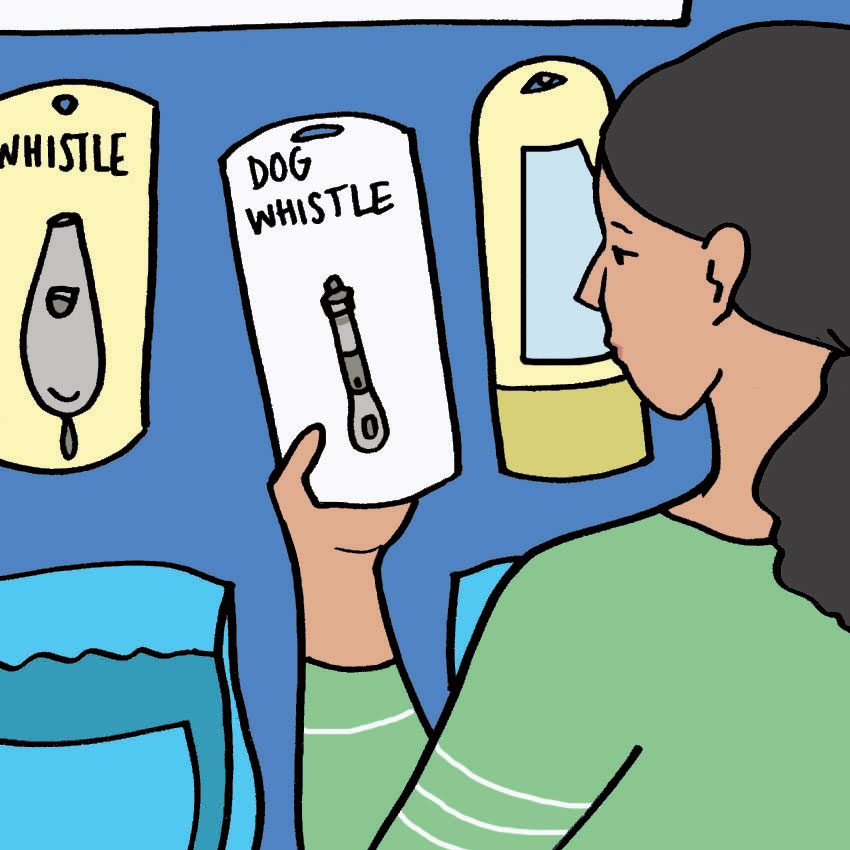
According to Dogster.com, dog whistles are also known as silent whistles or Galton’s whistles, named after their inventor, Francis Galton. Humans cannot hear as large a range of sound frequencies as dogs or cats can. While adult humans can generally hear noises up to 23 kHz, dogs can hear up to 45 kHz, as reported by Louisiana State University.
Dog whistles clock in around 23 to 54 kHz when blown, so while humans can only hear a hiss, dogs can hear a full-blown whistle.
Different Types Of Dog Whistles
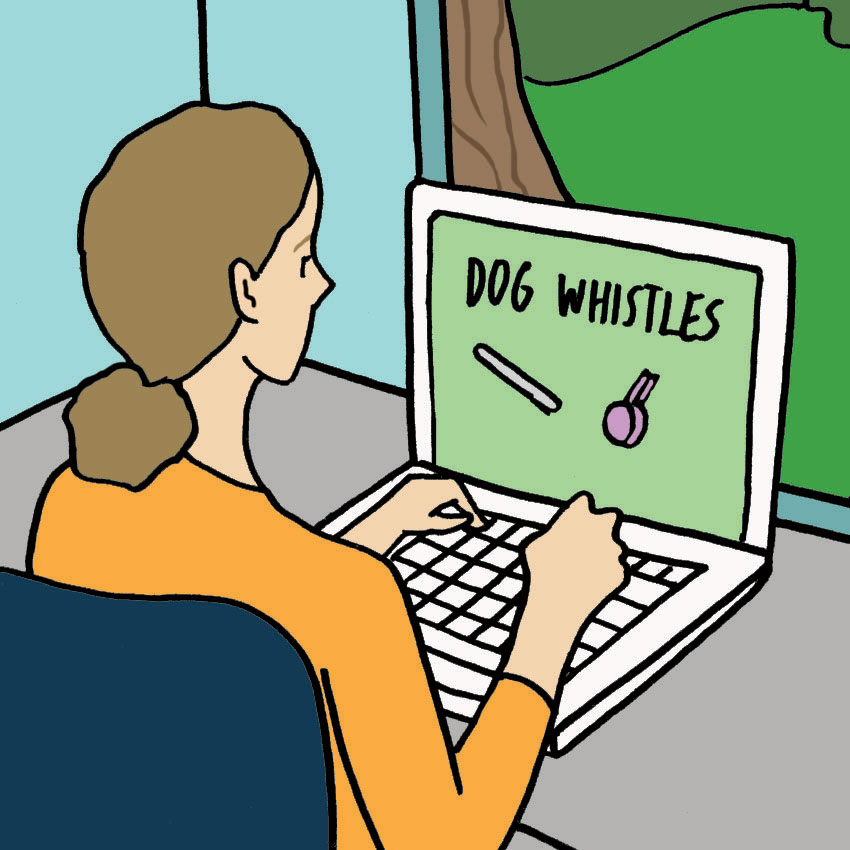
Dog whistles come in a variety of types that make unique noises and require different levels of skill to use. They also come in different shapes: megaphone, oblong, or “shepherd’s whistle,” which further determine their sound and frequency.
Below are the different whistle varieties, according to Thesmokeydog.com.
1. Silent Whistles
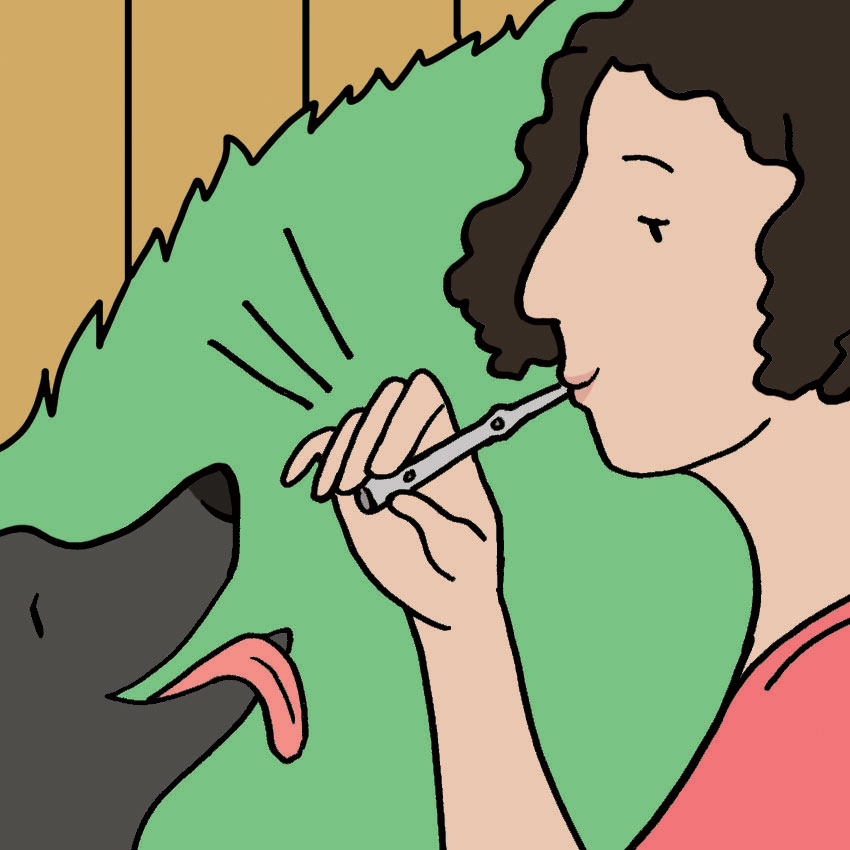
As the name implies, these whistles are silent (to humans). They can be adjusted to multiple frequencies, according to different dogs’ hearing capabilities.
2. Whistles With A Pea/Pealess Whistles
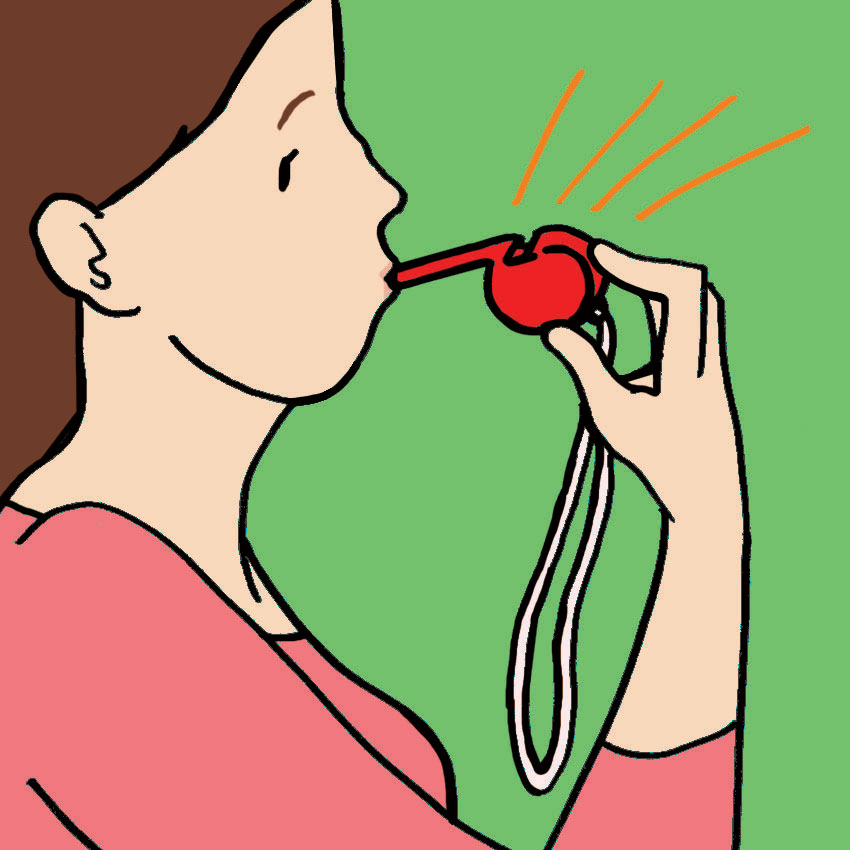
Some dog whistles have a “pea” inside them, or a little ball that vibrates up and down when you blow. The pea allows you to make different sounds or trills which can help when teaching dogs a variety of commands.
“Pealess whistles” are used in colder climates, because peas may freeze when mixed with saliva. However, they produce fewer sound variations than their pea-clad counterparts.
3. Dual-Tone Whistles

Much like the silent and pea-filled varieties, dual-tone dog whistles can produce different noises. Different tones can be tested out to see which your dog responds to better. After all, the whole point of the whistle is to catch your dog’s attention. As the name suggests, dual-tone whistles have two separate tones which you can use for separate commands.
If you plan on only using one tone, you can test which one your dog prefers by using the “wake up” method. Wait until your pup is asleep, then test each tone. The right one will wake him right up.
Are Dog Whistles Safe?
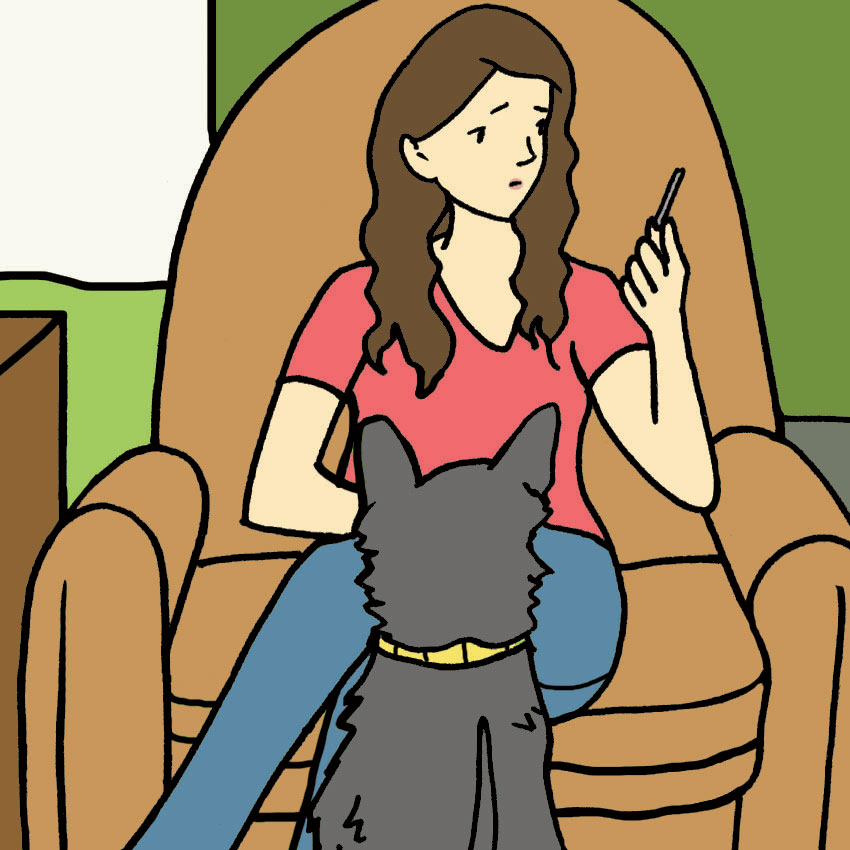
Puppywire.com states that dog whistles have been used for decades to teach pups complicated herding and hunting maneuvers. Although they can be used for positive reinforcement, some use them as an “aversive” tool for training dogs, meaning they are used as a signal for the dogs to stop doing something. This, understandably, makes dog owners wonder if they are safe or humane to use.
The answer largely depends on how your dog responds to one. Some whistle tones won’t catch your dog’s attention at all, so they wouldn’t be effective as training tools. They also aren’t recommended for fearful pooches because they may make them more skittish.
In order to be safe, whistles should only be used in moderation. Regardless of how your dog responds, having a whistle ringing for long periods of time is bound to become irritating.
If they are used sparingly and in conjunction with other reward-based training methods, dog whistles can be excellent training tools.
Why Use A Dog Whistle For Training?Reason #1: Consistent Training
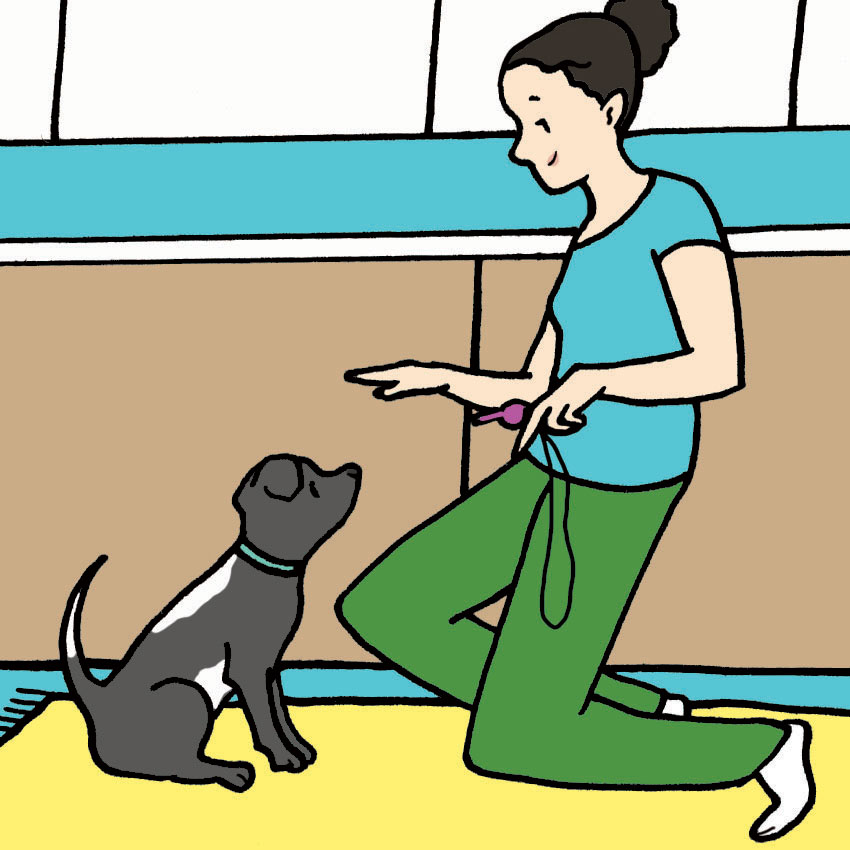
Since dog whistles sound the same every time, your dog can get used to a very consistent, emotionless noise, according to Thelabradorsite.com. If you have a big family and multiple voices are telling the pup to “sit,” he can become confused about who he should listen to, whereas the whistle can become a constant means of command.
The “silence” of the whistle comes in handy when teaching dogs to hunt or herd — the whistle alerts dogs without scaring away game or farm animals. It can also be used when training indoor pets in a way that won’t disturb your neighbors (or at least, the human ones).
Reason #2: Calling Your Dog From Afar
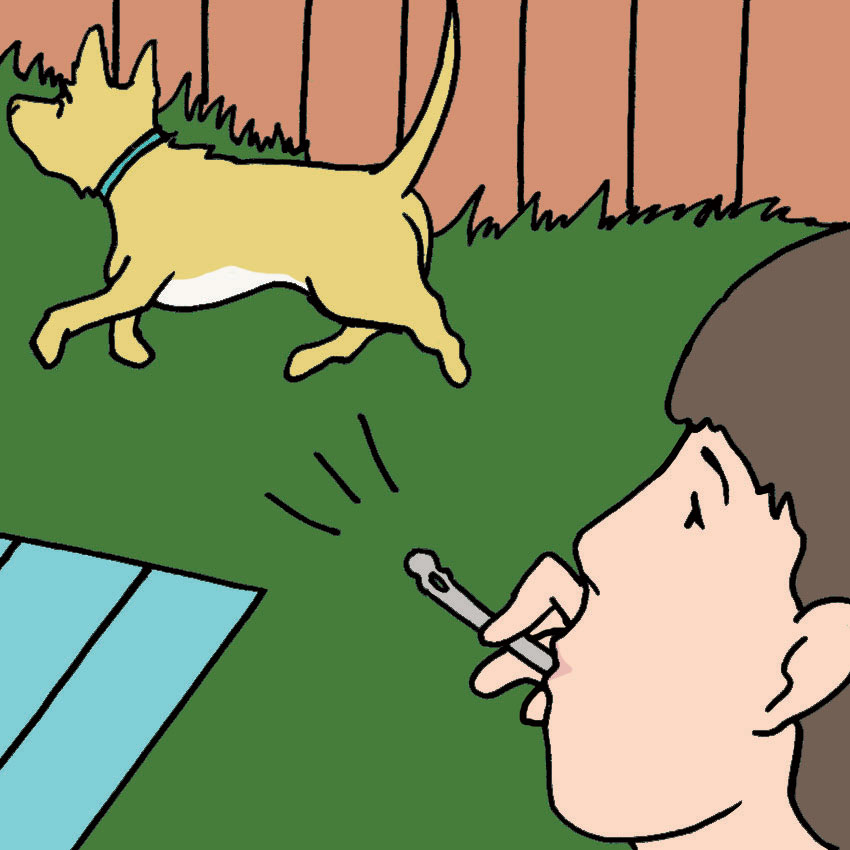
Another reason to use dog whistles is that they can produce a noise louder than your shout, as explained by Psychology Today. So if you need to command your pooch from afar, or need him to come back to you when he is a great distance away, you can simply “whistle” for him. This is great insurance in case you accidentally lose sight of him in public or he manages to escape from the backyard.
Dogs with hearing loss may also benefit from them if you can find a frequency that they can still hear.
How To Safely Use A Dog Whistle
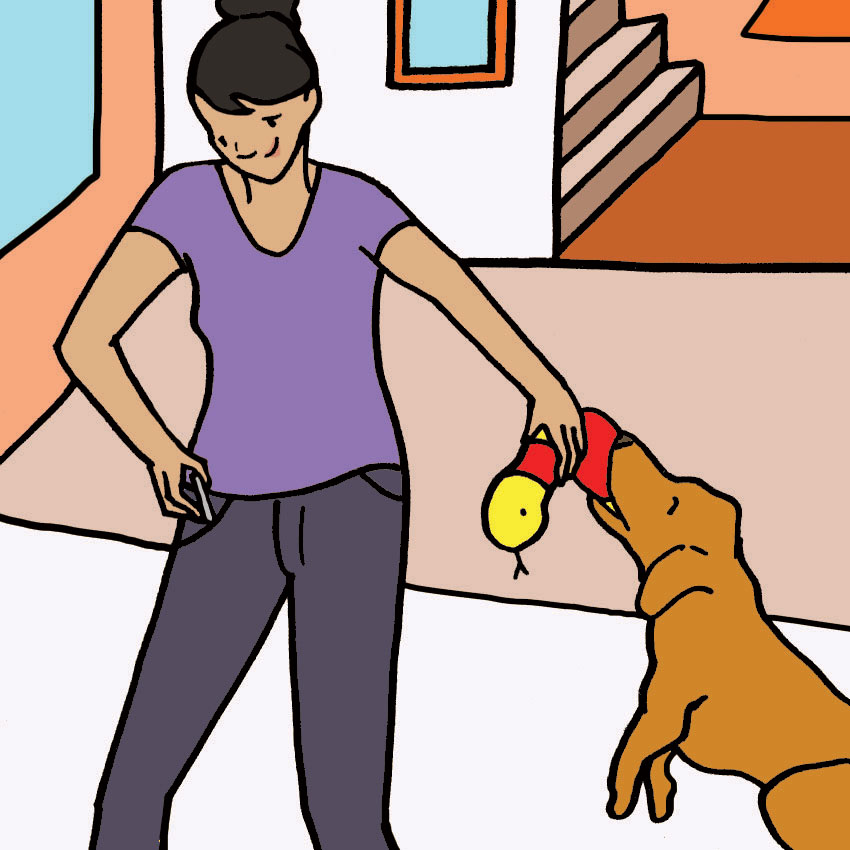
Like other training methods, dog whistles can help teach your pet what they should and should not do. The sound of the whistle can act as a command for a certain trick or a deterrent for bad behavior. The key is to use it meaningfully so that your pet grows accustomed to the command and desired behavior.
As Dogster.com specifies: “Whether you are a fan of vocal commands, clicker training, or rewarding with delicious treats, even the most practiced dog whistle advocates recommend a dog whistle be a secondary and supplementary training technique.”
K9magazine.com explains how to employ positive enforcement when training your dog to come after you blow the whistle: “Wait for an opportunity when your dog is calm, give several tweets on the whistle and reward lavishly when he comes back to you. Do this sparingly. You need the dog to succeed. Don’t set them up to fail. This isn’t a challenge.”
When Are Dog Whistles Unsafe To Use?

If dog whistles are used too frequently, they can seriously upset your pup and be rendered completely ineffective as a training tool. As Dailypuppy.com states, “While you can’t hear the high-pitched squeal of the whistle, your dog has much more sensitive and powerful hearing. This means that sounds that don’t bother you can be annoying or even painful for your pooch, and if you make those sounds indiscriminately, you can cause him unnecessary discomfort.”
In order to not abuse the silent whistle’s power, follow this advice and only use them sparingly. Pay attention to your pet. If they don’t seem to like it, consider abandoning the method altogether. Consult a trainer or a vet so you are positive that you are using it properly, and never use it close to your pup’s ears.
If this info helped answer a few of your dog whistle questions, make sure to SHARE it with your dog-loving friends and family on Facebook.




